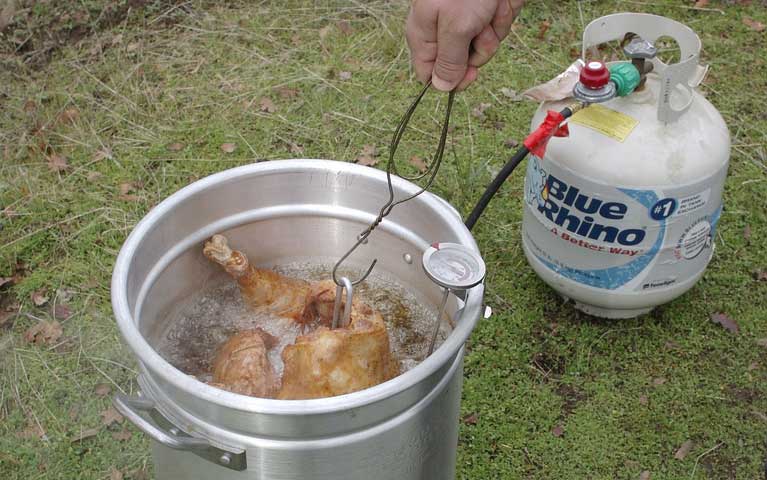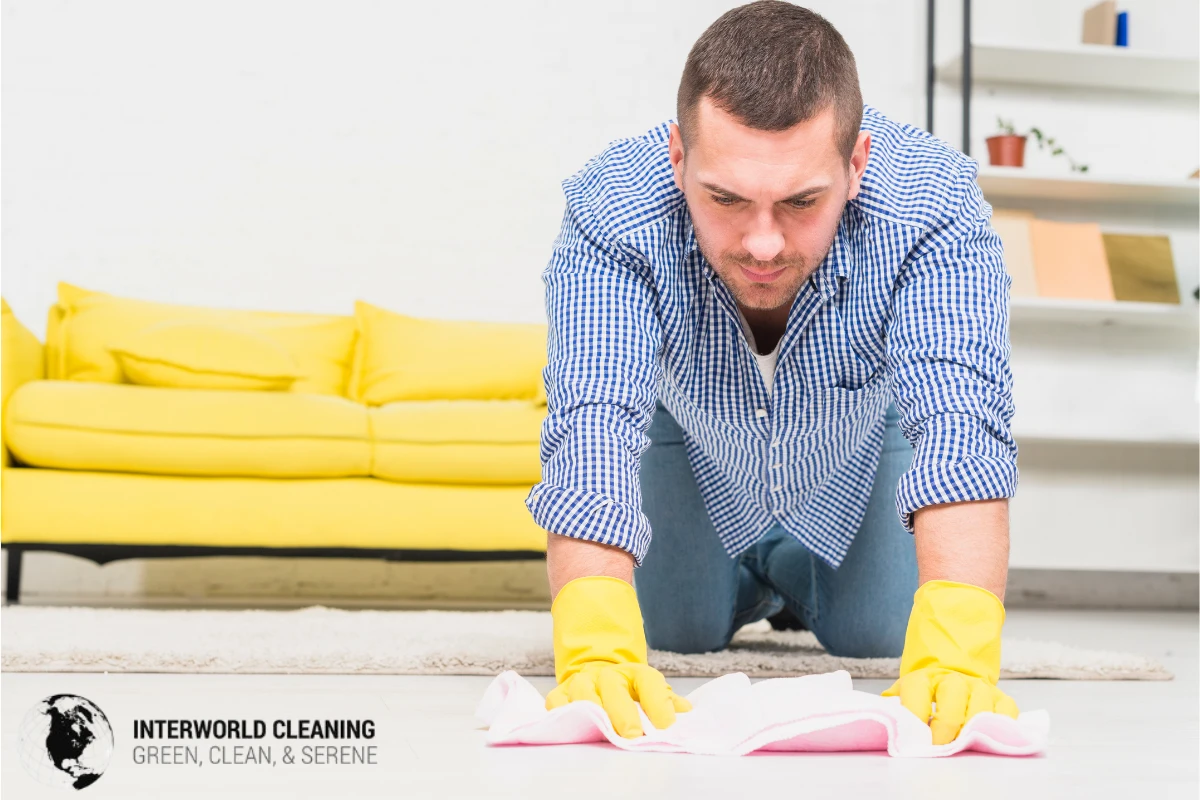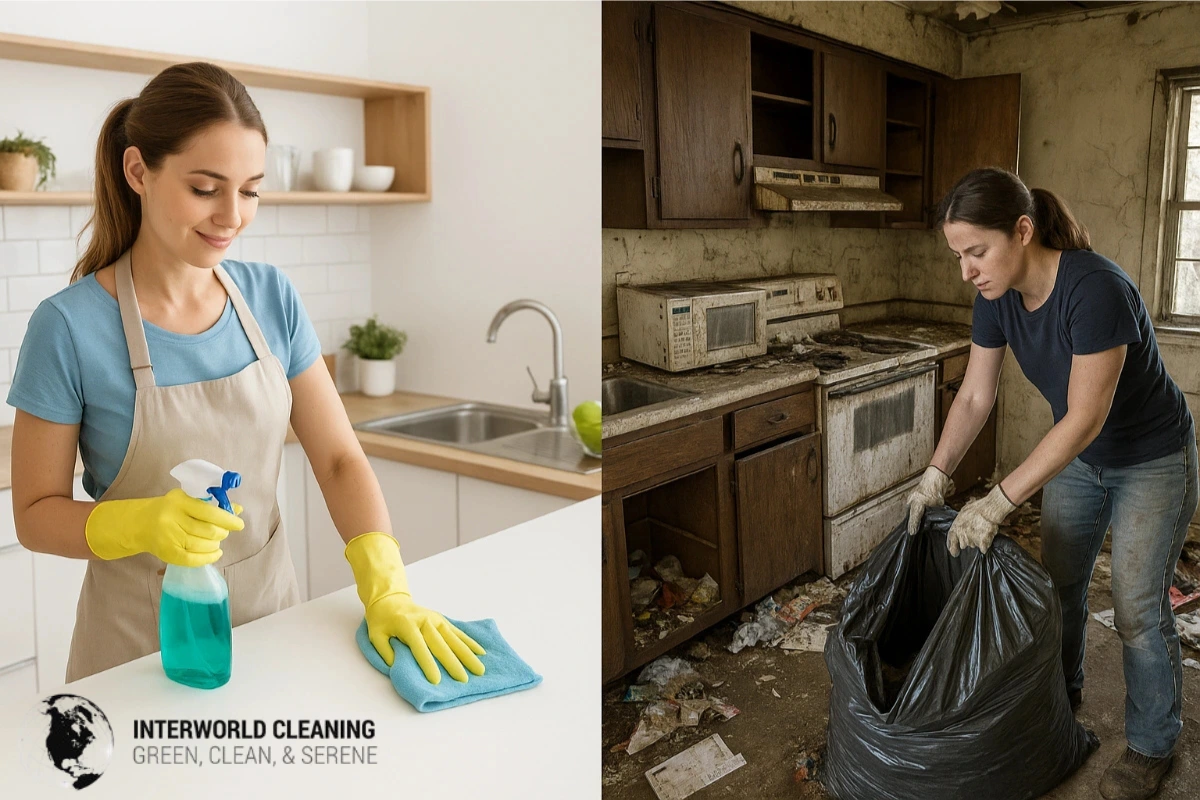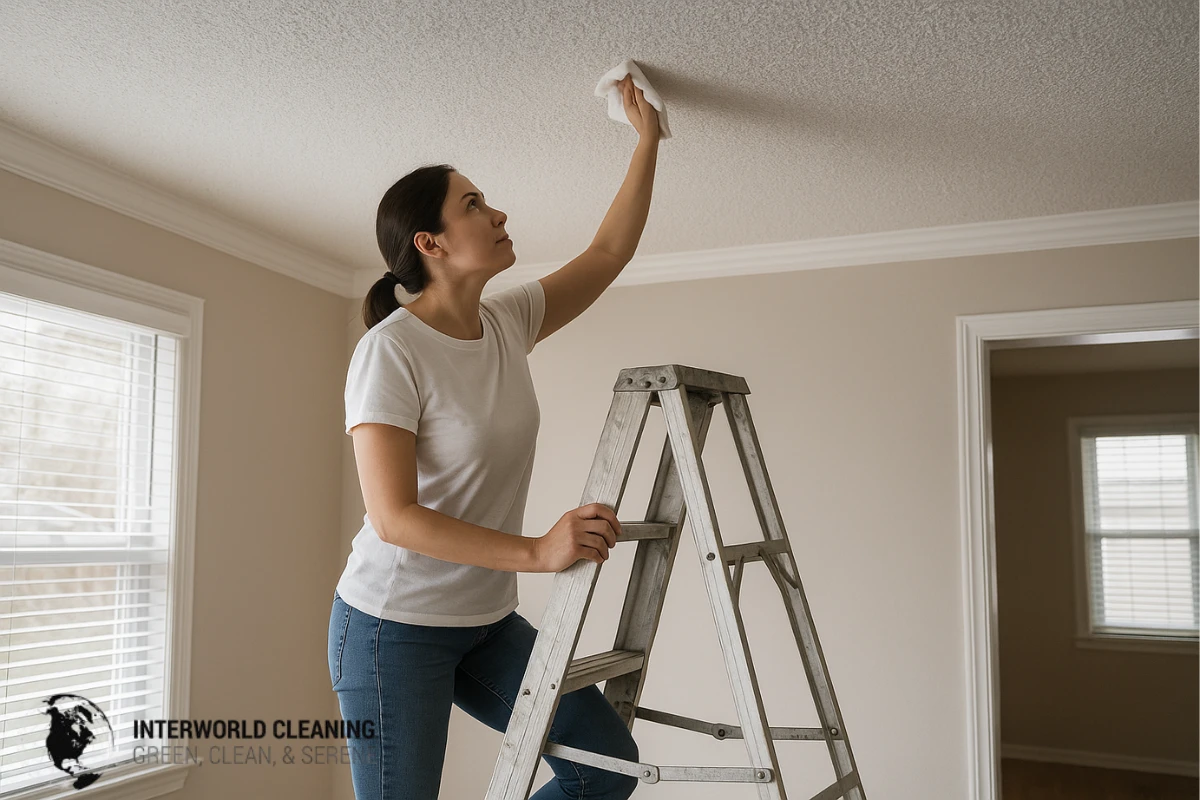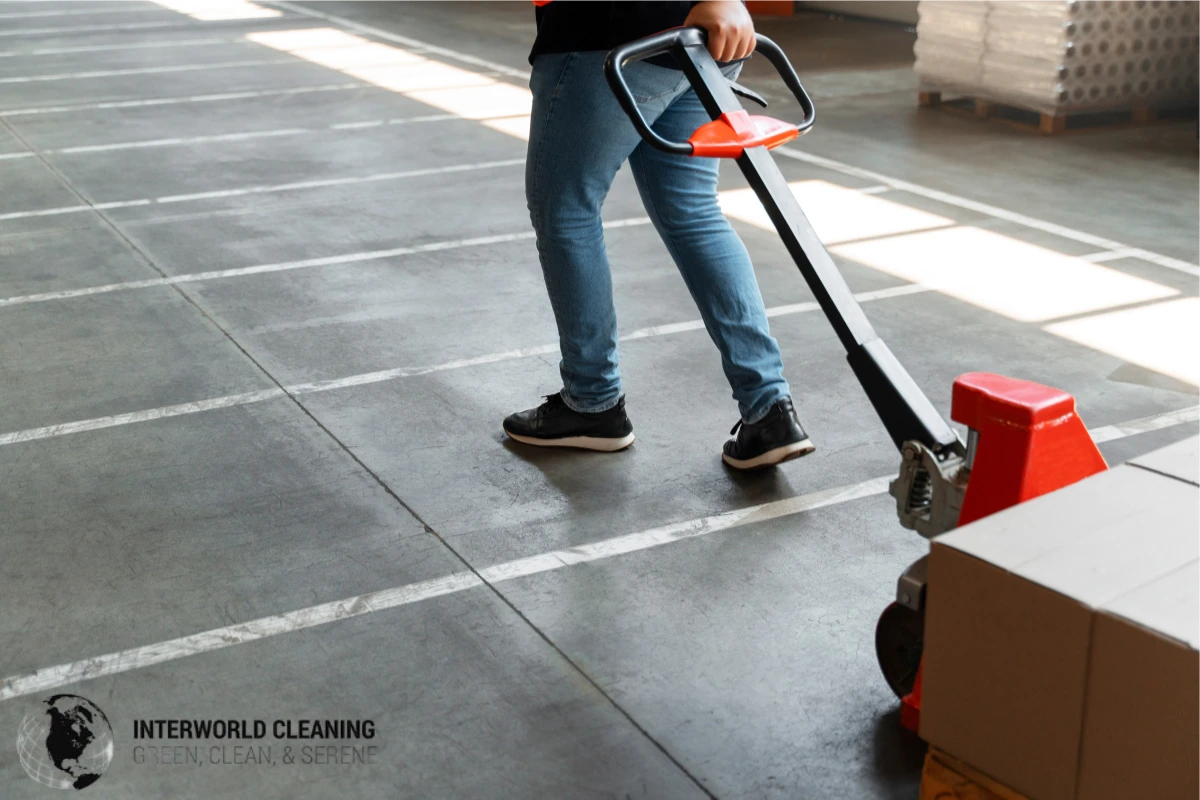As a country, we have figured out to fry every type of food possible! If you go to any county fair across the land you will find everything from fried candy bars to fried mashed potato balls and everything in between. We have taken it so far that now we deep fry our beloved Thanksgiving Day turkeys!
So it’s no wonder that restaurants throughout the country have a plethora of fried food on their menus.
Were you ever curious as to what happens to all the grease and waste when the fryers are cleaned?
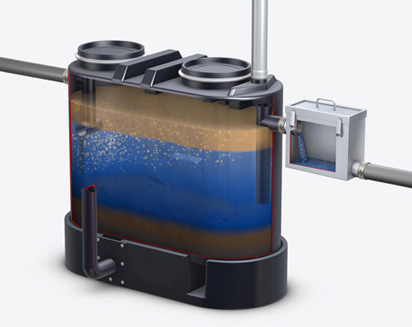
Restaurants have to comply with a variety of strict regulations to ensure that all the grease is properly handled in a manner that will keep it out of the sewer and water systems.
This is where grease traps come into play.
All kitchen wastewater passes through these grease traps before going into the sewer system. These traps allow for water to flow out the bottom while containing the grease and Fat, Oils, and Greases (FOG) to rise to the top.
FOG is the industry term that refers to fatty oils and grease which float on the top of the trap.
The cleaning and emptying of the trap need to take place on a regular basis and should be handled with extreme care as this oil burns like diesel fuel if ignited.
In order to clean and document properly for the EPA, it requires a few steps:
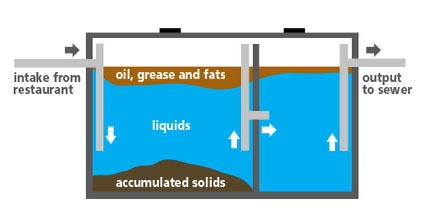
You then need to vacuum the grease out of the trap while scraping the sides of all remaining FOG. Once you have removed all the FOG you can hook the trap back up and start the process all over. The FOG should be stored in a proper container while waiting for disposal. Often times people are not responsible or they don’t pay the cost of disposing of it properly so they may pour it down the kitchen or storm drain. This then leads to effects on our environment once it enters the water flow and damages water life and vegetation.
As a restaurant owner, the last thing you want is to have this FOG being poured down your drains – once it cools down and solidifies it attaches itself to the pipes and can cause serious backups. This can lead to pipes bursting or even sewage backups which will have an adverse effect on your business not to mention the costly repairs that it can incur.

